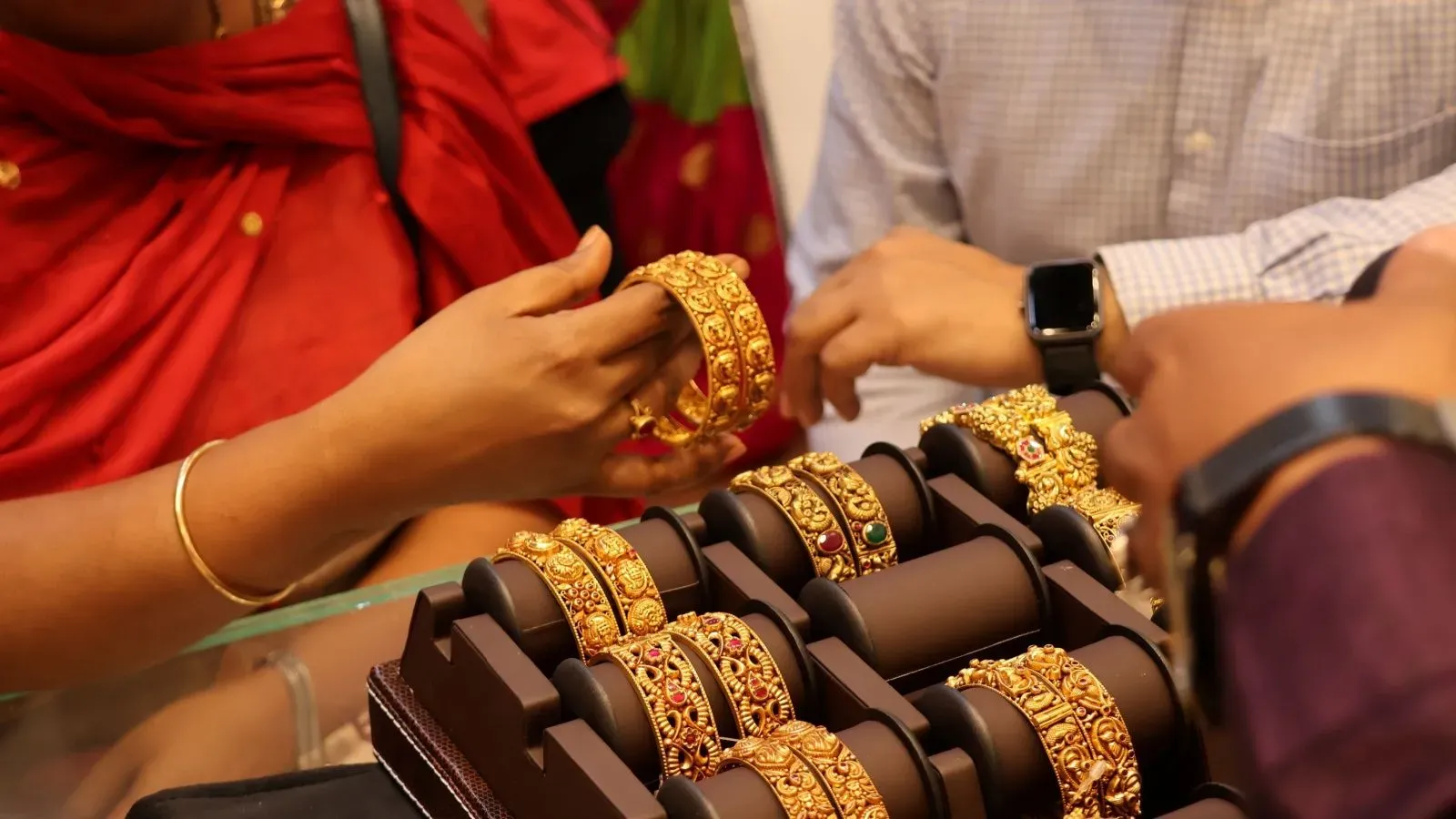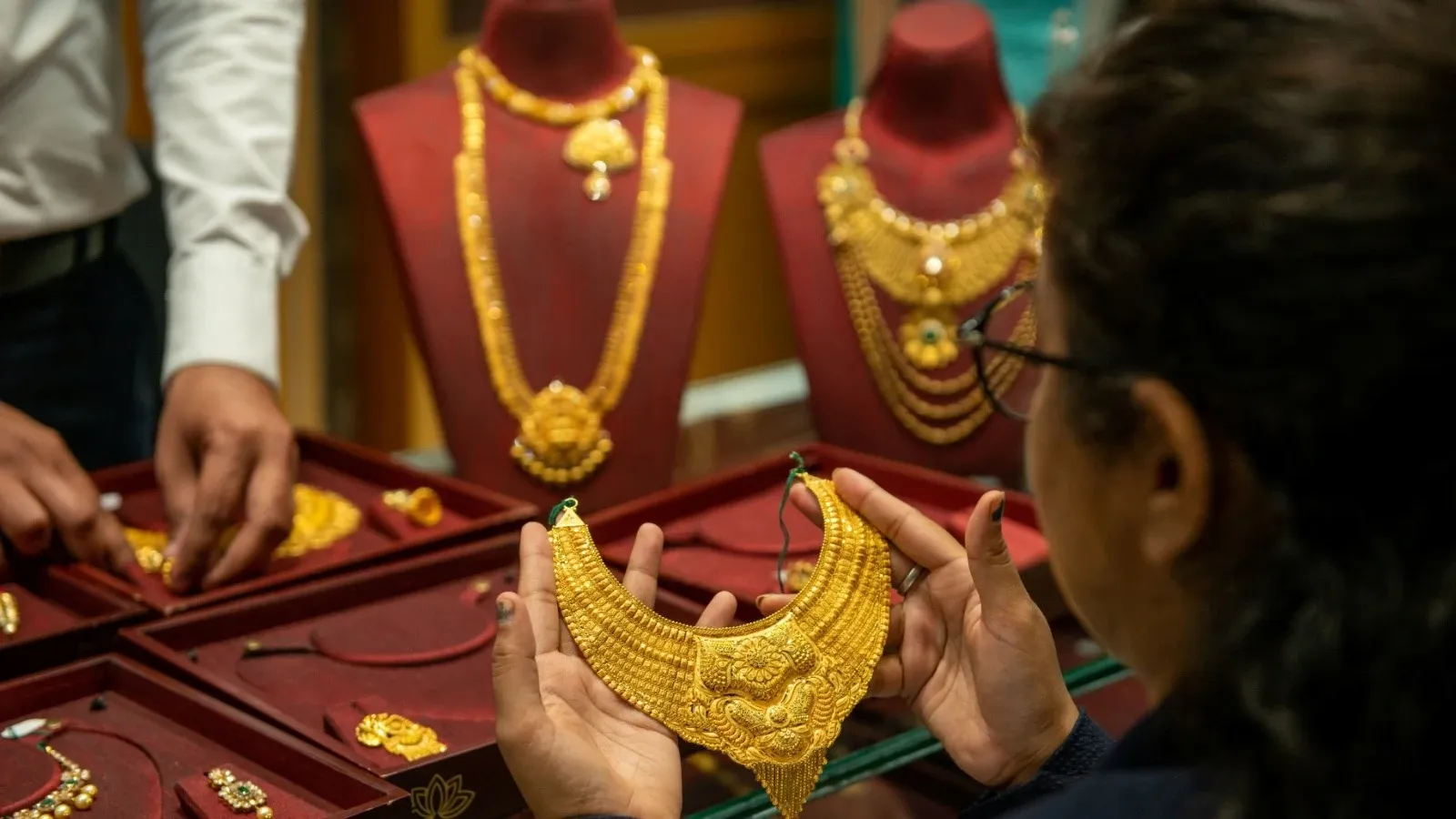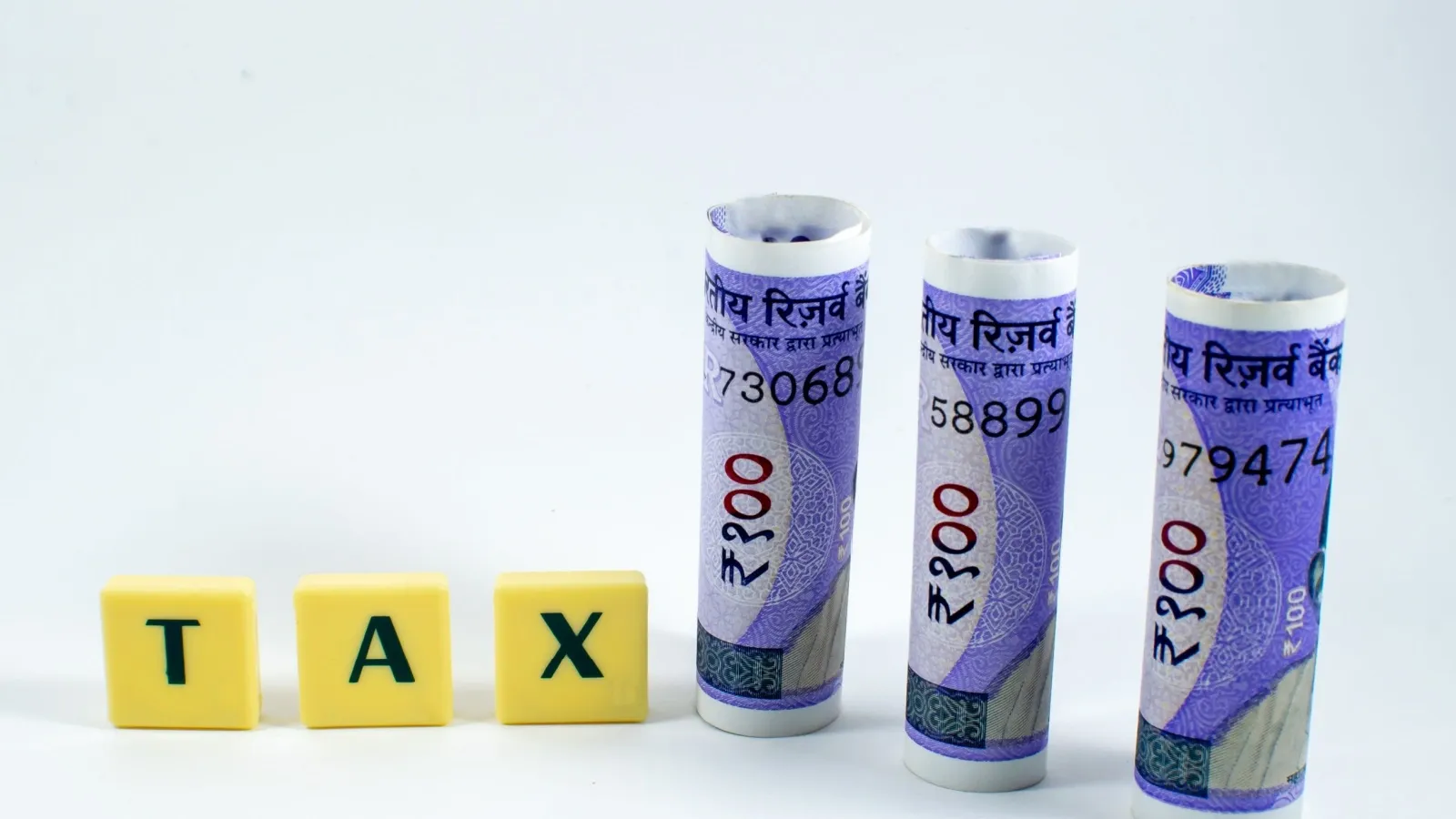Personal Finance News
I have exchanged old gold ornaments for new gold ornaments worth ₹10 lakh. Will it be taxed?

4 min read | Updated on July 17, 2025, 08:23 IST
SUMMARY
How is the exchange of old gold ornaments with new ones taxed? Two separate transactions happen during the exchange of gold ornaments: Sale and purchase. The first transaction, i.e., the sale of old gold ornaments, is taxable.

Gold jewellery exchange is not tax-free. | Representational image source: Shutterstock
Valsala Menon's total income falls under the basic exemption limit of ₹4 lakh under the new tax regime for FY 2025-26. However, she has exchanged her old gold ornaments worth ₹9.5 lakh for new gold ornaments worth ₹10 lakh while paying the balance ₹50,000 in cash.
In this transaction, she made no in-hand gains as the entire amount from the sale of the old gold was spent on the new gold ornaments. Moreover, the weight of the new gold ornaments was less than the old ornaments as she also had to pay GST and making charges.
Now, she is wondering whether the exchange of old gold ornaments for new ones will come under the purview of the Long-term Capital Gains (LTCG) taxation.
In an email, Valsala shared her situation and query as follows:
Please note that two separate transactions happen during the exchange of gold ornaments: Sale and purchase. The first transaction, i.e., the sale of old gold ornaments, is taxable. The amount of tax to be paid in this case depends on the gains realised since the original purchase and the duration for which the ornaments have been held.
Section 45 of the Income Tax Act, 1961, deals with the taxation of capital gains arising from the sale of a capital asset. Capital asset excludes personal effects held for personal use. However, jewellery is specifically included in taxable capital assets. Thus, sale as well as exchange of gold ornaments come under the purview of capital gain taxation, if the asset is held for more than two years.
The Act allows exemption from capital gains taxation in certain cases if the sales proceeds/capital gains are invested in specified assets, eg, residential house property, infrastructure bonds, etc.
In the given case, the taxpayer has sold/ exchanged gold ornaments for the purchase of new gold ornaments. Purchase of gold ornaments is not a specified asset and hence the taxpayer is not eligible to claim exemption under section 54F, 54EC, and others of the Income Tax Act, 1961. Accordingly, the taxpayer will be liable to tax on such gain.
How will her income be taxed?
While computing the tax liability, the taxpayers' total income is to be considered, and tax is payable at slab rates. Under the old regime, income above ₹2,50,000 will become taxable (other than in case of senior and super senior citizens, where the limit is ₹3,00,000 and ₹5,00,000 respectively).
Further, under the New Tax Regime, no tax is payable on income up to ₹4,00,000 in FY 2025-26.
If the total income of the taxpayer (including capital gains on sale/exchange of gold ornaments) is less than ₹4 lakh, then the taxpayer is not required to pay any tax if she opts for the new regime. However, if the total income is above ₹4 lakh, then the taxpayer will be required to pay tax on the capital gain, as she is not eligible to claim the rebate on such tax.
Related News
By signing up you agree to Upstox’s Terms & Conditions
About The Author
Next Story



